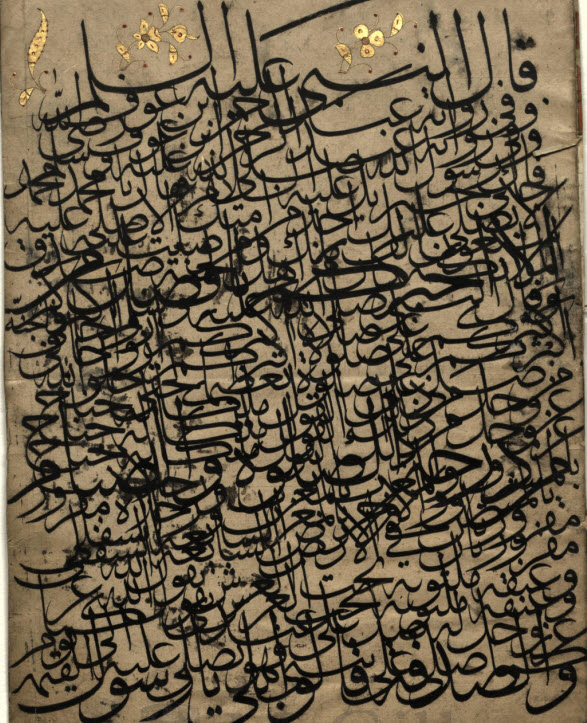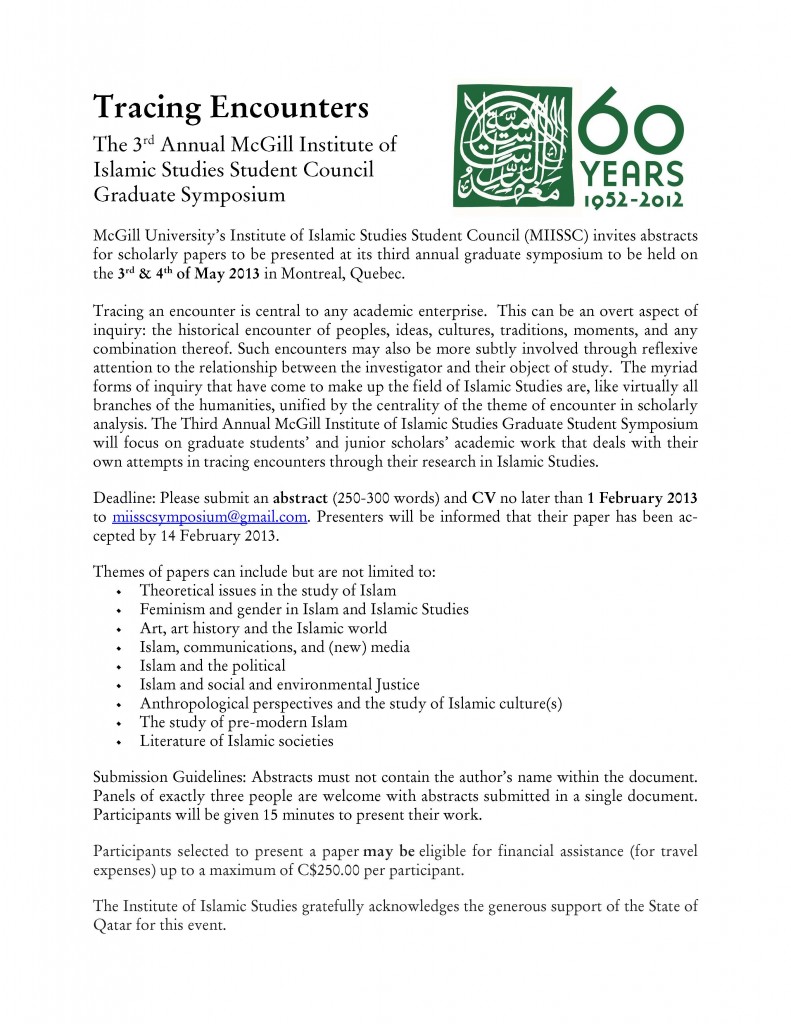
This exhibition highlights the rich and diverse cultures surrounding book production throughout the medieval Mediterranean. Drawing on the considerable holdings of Rare Books and Special Collections, McGill University, it includes many items that have never before been exhibited. Visitors will encounter complete copies of the Qur’an, the gospels, and books of hours in addition to a wide array of single leaves in Greek, Arabic, Latin, and Persian.
The exhibition is arranged thematically highlighting cross-cultural connections. The scientific and cosmological works, for example, feature an anonymous Latin treatise on logic and a vernacular illustrated herbal leaf exhibited alongside the celebrated Farrukh nāmah and the ʿAjā’ib al-makhlūqāt wa gharā’ib al-mawjūdāt. Similarly, under the rubric of power and storytelling, an exquisitely detailed genealogical scroll adumbrating the kings of England is juxtaposed with lavishly illustrated leaves of the Persian royal epic, the Shahnameh, in order to illuminate distinct modes for visualizing sovereignty. Together these materials evoke the varied conceptions of the natural, political, and cosmic world, while also attesting to dynamic traditions of script, ornamentation, and illumination across the many cultures of the medieval Mediterranean.
Curators:
Cecily Hilsdale, Assistant Professor, Art History and Communication Studies
Jennifer Garland, Art History and Communication Studies Liaison Librarian
Sean Swanick, Islamic Studies Liaison Librarian
The exhibition runs from November 2012 to January 2013 in Rare Books and Special Collections, McGill University, McLennan Library Building, Fourth Floor, 3459 McTavish St.




